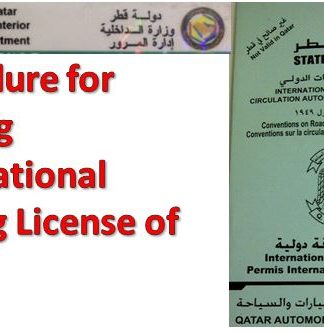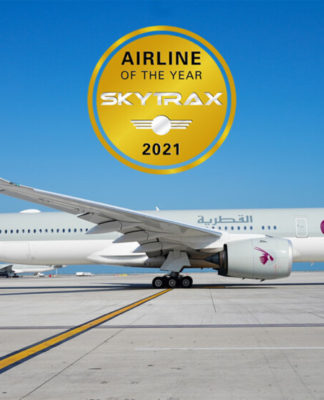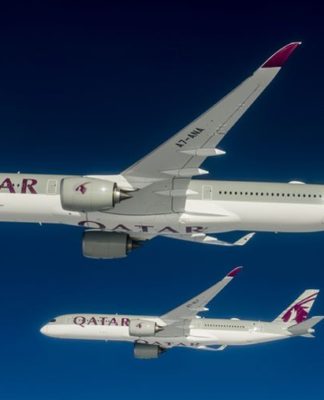POLITICSISRAEL
How do Hamas and Hezbollah compare with Israel militarily?
Monir Ghaedi
18 hours ago18 hours ago
Israel’s military boasts advanced military tech, while Hamas and Hezbollah specialize in asymmetric warfare. Here is a look at the military capabilities of Hamas, Hezbollah and the IDF.
https://p.dw.com/p/4Xp7q
Armed men from the Islamic Resistance Movement Hamas and some other factions
The US supports Israel; Hamas (pictured) and Hezbollah are backed by proxies for IranImage: Nasser Ishtayeh/SOPA/ZUMA/picture alliance
The October 7 Hamas terror raids and the Israeli military’s retaliation in the Gaza Strip are pushing the Middle East to brace for a broader conflict.
Officials in Israel, including Prime Minister Benjamin Netanyahu, have vowed to destroy Hamas. The Israel Defense Forces have stationed troops, tanks and artillery outside the walls of the Gaza Strip in preparation for a land incursion.
Skirmishes between the Lebanese militant group Hezbollah and the IDF in northern Israel are raising fears that the conflict in Gaza could spread to another front.
Hamas and Hezbollah — which are both listed as terrorist organizations by the US, EU and several other governments — are known to be adept at asymmetrical warfare.
Information regarding the fighting capabilities of the two militant groups cannot be verified as there are no reliable sources.
Yet what is clear is that both groups have expanded their weapons arsenal over the years and could pose a challenge to the Israeli military if ground operations were to begin in the densely populated Gaza Strip and if Hezbollah would attack from the north.
Here is a look at the military capabilities of Hamas, Hezbollah and the IDF.
Hamas: Gaza tunnels
Hamas was established at the beginning of the first intifada in 1987, when thousands of Palestinians protested Israel’s occupation of the West Bank and Gaza. Founder Sheikh Ahmed Yassin was a Palestinian cleric affiliated with the Muslim Brotherhood political movement.
Over the years, Hamas has developed a military infrastructure and increased its strength, advancing its capabilities in terms of range and weaponry.
It has also excavated a sophisticated system of tunnels underneath the Gaza Strip, as well as parts of Israel and Egypt. These tunnels are designed to conceal and cover militants, making it difficult for the IDF to track and locate them. Hamas can execute surprise attacks on the Israeli army in the case of a ground incursion.
Israel aims to destroy tunnel network below Gaza Strip
01:36
By 2021, Hamas was capable of firing more than 4,000 rockets toward Israel during an 11-day war.
The military wing of Hamas — the Izz ad-Din al-Qassam Brigades, often referred to as al-Qassam Brigades — remains tight-lipped about its exact number of fighters. Different sources have cited figures ranging from 7,000 to 50,000 troops.
An anonymous source close to Hamas told the Reuters news agency in October that the group has a military academy that offers specialized training, including in cybersecurity, and a 40,000-member military wing with a naval commando unit.
The brigades are known to have a substantial inventory of light weapons, including improvised rockets, mortars and other explosives. In addition, the wing’s possession of anti-tank guided missiles and shoulder-launched anti-aircraft missiles (MANPADS) places it among the world’s best-equipped guerrilla armies.
“We have locally manufactured rockets, but the long-range ones came from abroad, originating from Iran, Syria and other sources through Egypt,” Hamas leader Ismail Haniyeh told Al Jazeera’s Arabic service in a 2022 broadcast interview.
Hamas secures cryptocurrency and cash funding from a variety of nontransparent sources, including a global network involving charities, Reuters reported in October.
Hezbollah’s nonstate army
Hezbollah, a Shiite political movement based in Lebanon, was established during Israel’s invasion of the country in 1982. The group has a powerful military wing and is recognized as one of the world’s most heavily armed nonstate actors.
In 2021, Hezbollah’s leader, Hassan Nasrallah, claimed that the group had 100,000 fighters. However, experts believe this number is an exaggeration, estimating that the militia’s actual strength is somewhere between 15,000 and 20,000 trained fighters, with the potential to supplement this force with up to 30,000 part-time members.
Military patrol past a poster showing portraits of Hezbollah leader Said Hassan NasrallahMilitary patrol past a poster showing portraits of Hezbollah leader Said Hassan Nasrallah
The Shiite group Hezbollah wields significant political and military influence in LebanonImage: Mohammed Zaatari/AP Photo/picture alliance
Iran, Hezbollah’s primary supporter, has reportedly supplied the militia with longer-range and more precise rockets capable of causing significant damage to Israel’s infrastructure and impeding maritime access to Israel’s Mediterranean coast.
But the majority of Hezbollah’s weaponry consists of small, portable and unguided surface-to-surface artillery rockets. Still, the group’s sheer quantity of these weapons can deter larger, more advanced armies.
For instance, the militia can deploy swarms of drones simultaneously against a single target to overwhelm Israel’s air defense systems.
Additionally, Hezbollah has defense systems such as the Russian SA-22, which can target aircraft, helicopters, ballistic and cruise missiles, as well as drones. These assets pose a substantial challenge to the Israeli military, which heavily relies on its air superiority.
Nasrallah has repeatedly stated that his militia has what it takes to be a formidable opponent against Israel. However, the IDF still has the upper hand. In the 2006 war, Hezbollah fired thousands of rockets into Israel.
The conflict killed about 1,200 people in Lebanon, mostly civilians. Israel, on the other hand, saw fewer than 160 casualties — most of them soldiers.
The elite IDF
The IDF ranks among the world’s most powerful militaries, according to the Global Firepower Index, a database that assesses factors such as troop numbers, weaponry, technology and financial resources.
The Israeli arsenal includes advanced missile boats, tanks, attack helicopters and a large drone fleet. But the IDF’s primary strength lies in its air force, which is largely composed of cutting-edge American aircraft, including hundreds of F-16s and F-35s.
IDF Golani Infantry Brigade during the International Military Innovation ConferenceIDF Golani Infantry Brigade during the International Military Innovation Conference
The IDF arsenal would be tested in an asymmetrical war against Hamas and HezbollahImage: Jack Guez/AFP/Getty Images
Additionally, the IDF possesses a stock of autonomous “loitering munitions,” known as suicide drones, including Harop and Harpy models, which can track and eliminate moving targets.
According to the Global Firepower Index, the IDF maintains 169,500 active troops. Recently, the Israeli authorities called about 360,000 reservists out of a total of 460,000 non-Arab citizens aged 18-40 years old who undergo annual training sessions.
In 2022, Israel allocated $23.4 billion for defense, according to a report by the Stockholm International Peace Research Institute. The United States also provides substantial support, granting approximately $3 billion (€2.8 billion) in foreign assistance to Israel annually since 2017, with the majority of this aid going to the military.
In response to the October 7 attacks in Israel, the United States rapidly deployed warships and aircraft to the region.
Superpower USA: How many conflicts can it cope with?
26:06
Edited by: Clare Roth and M. Gagnon






























